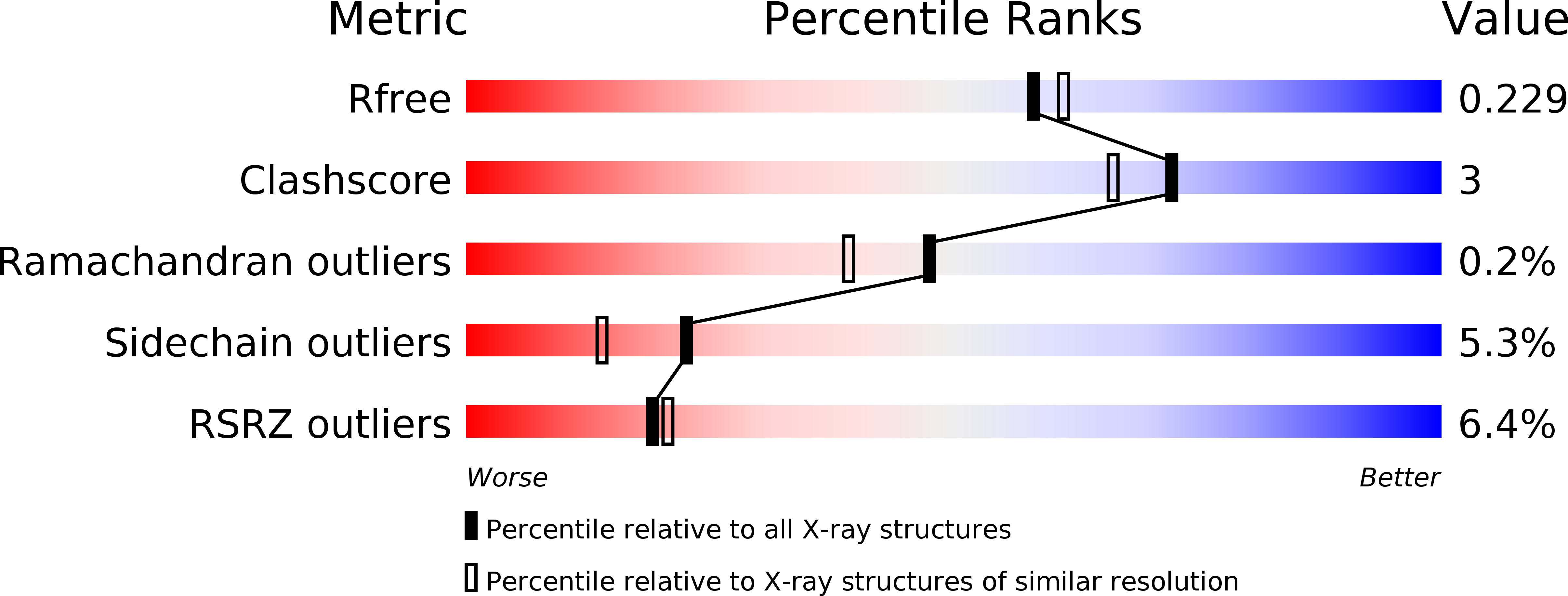
Deposition Date
2014-06-01
Release Date
2015-05-13
Last Version Date
2024-11-20
Entry Detail
PDB ID:
4TMF
Keywords:
Title:
Crystal structure of human CD38 in complex with hydrolysed compound JMS713
Biological Source:
Source Organism:
Homo sapiens (Taxon ID: 9606)
Host Organism:
Method Details:
Experimental Method:
Resolution:
2.05 Å
R-Value Free:
0.22
R-Value Work:
0.19
R-Value Observed:
0.19
Space Group:
P 1


